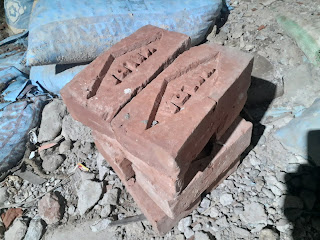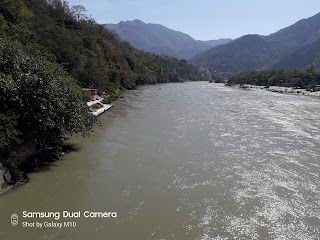Historical Significance of Cremation Process

At the time of Corona virus outbreak, the world has known the importance of cremation. According to WHO guidelines, cremation is the best method for disposing the dead bodies during an epidemic. What is cremation- Cremation is the method of disposing the dead body through burning or combustion. The process of cremation Image courtesy: Wikipedia After cremation about two and half kilograms remains is produced, known as 'ashes' and consists of unburned fragments of bones. They do not constitute risk to health and may be buried, scattered in fields and water bodies or disposed in various ways. In India, there is a vast practice of ashes disposal in holy rivers at Haridwar, Prayagraj, Varanasi, Gaya etc. Cremation at Manikarnika ghat, Varanasi Image courtesy: Wikipedia History of cremation- The earliest archeological evidence of cremation in the world was found in Australia at lake Mungo. (ref- Bowler, J. M. 1971. Pleistocene salinities and clim

